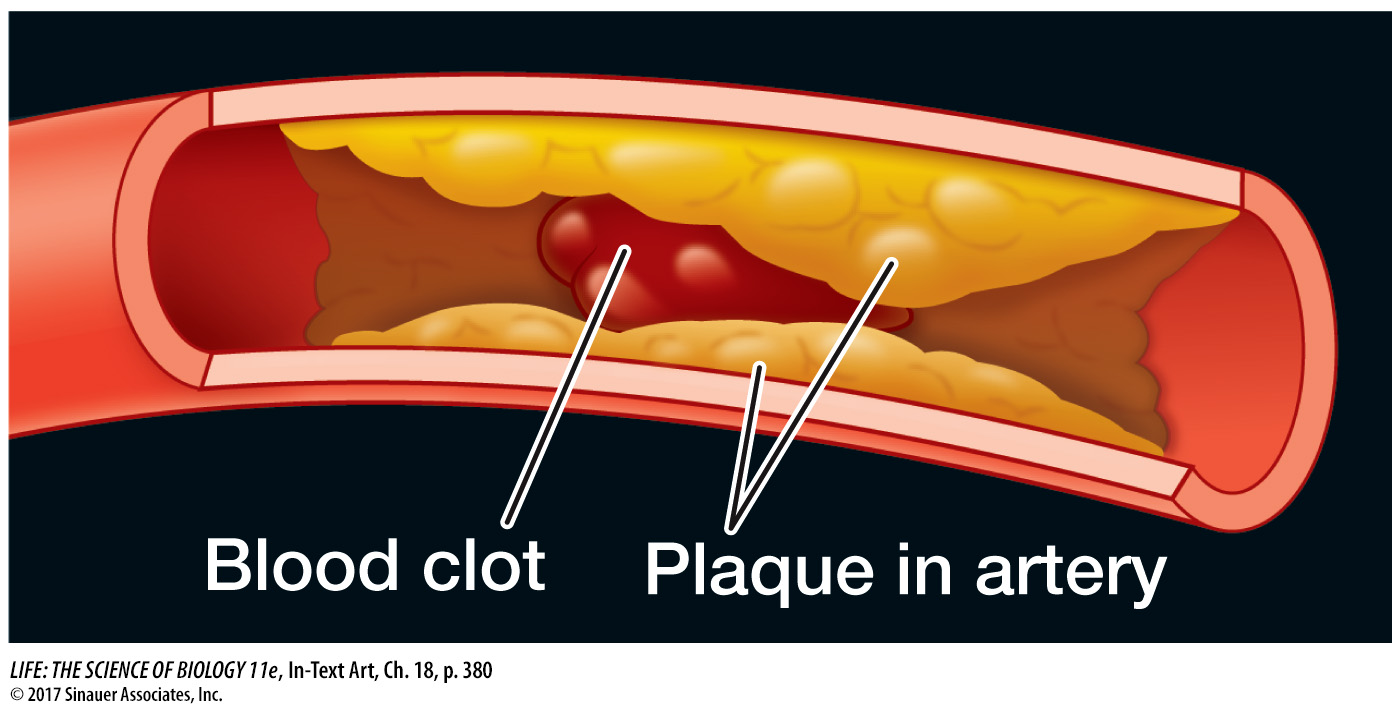Chapter Introduction
Recombinant DNA
and Biotechnology

investigating life
DNA Technology Meets Medicine
Janet was arriving at her office when she first felt numb on the left side of her face. She became confused and had difficulty finding her office. After a passerby called 911, an emergency response team transported Janet to a nearby hospital. She had had a stroke, but amazingly, she was back at work and fully functional two days later.
A stroke can occur when a large blood vessel that supplies the brain with oxygen and nutrients is blocked. Within minutes of blockage, cellular respiration in affected brain cells is reduced, and within minutes to hours, the cells die. Nerves controlling muscles in Janet’s face were affected first, followed by brain regions involved in cognitive processes.
Blood vessel blockage is often associated with a blood clot on a fat deposit that has built up on the inner walls of a blood vessel. Janet’s tendency to eat fatty foods, coupled with her genetic constitution, led to the formation of fatty deposits in her blood vessels. Ultimately the buildup of these fatty plaques can narrow blood vessels, causing blood clots to form that can block blood flow. Blockage of a vessel that feeds the brain results in a stroke.

Janet was treated with tissue plasminogen activator, or TPA, a protein involved in dissolving blood clots. Your body produces TPA when you have a cut; its action is seen when the clot “goes away” a few days later. Janet’s cells would have gradually made TPA to slowly dissolve the clot blocking the vessel to her brain, but in the meantime her brain cells would have died. To speed up the process, Janet was injected with TPA right around the clot.
Where did the TPA used in Janet’s treatment come from? TPA is a protein made in tiny amounts by blood vessel cells. Extracting enough TPA from tissues is impractical; recombinant DNA technology is required to get enough of it for therapeutic injection into a bloodstream. As you will learn in Investigating Life: Producing TPA, the process involves inserting the gene that encodes TPA into living bacterial cells in the lab. These cells are then biochemically coaxed into expressing TPA protein in quantity. The production of TPA is but one example of how knowledge of molecular biology and advances in biotechnology have transformed biological research and launched new industries that employ microbes to produce proteins and other useful chemicals.
How is biotechnology changing medicine?